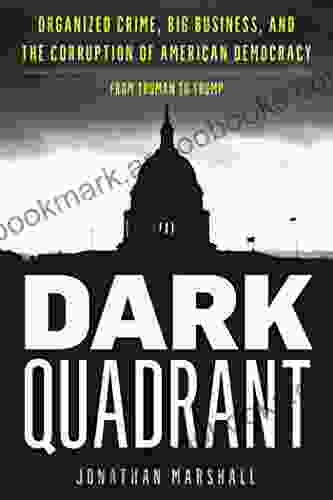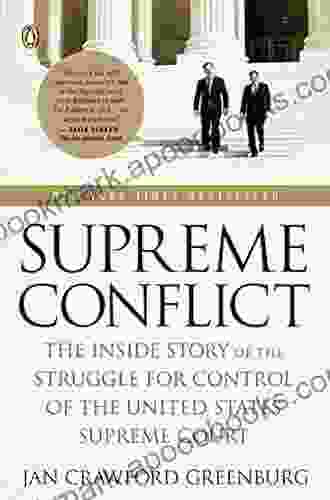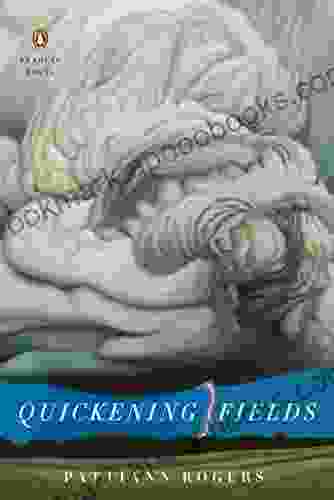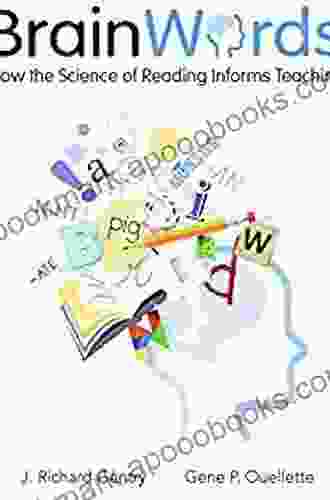Organized Crime: The Shadowy World That Corrupts American Democracy

Organized crime is a pervasive force in American society, with its tentacles reaching into every corner of our country. From the streets of our cities to the corridors of power in Washington, D.C., organized crime undermines our democracy, corrupts our institutions, and threatens our way of life.
In this comprehensive article, we will explore the dark world of organized crime, examining its history, structure, and impact on American society. We will also discuss the challenges law enforcement faces in combating organized crime and the steps we can take as citizens to help protect our democracy from its corrosive influence.
The roots of organized crime in America can be traced back to the late 19th century, when immigrant gangs emerged in major cities such as New York, Chicago, and San Francisco. These gangs were initially involved in petty crime, but they quickly expanded their operations to include more lucrative activities such as bootlegging, gambling, and prostitution.
4.1 out of 5
| Language | : | English |
| File size | : | 1238 KB |
| Text-to-Speech | : | Enabled |
| Screen Reader | : | Supported |
| Enhanced typesetting | : | Enabled |
| Word Wise | : | Enabled |
| Print length | : | 398 pages |
| Hardcover | : | 226 pages |
| Item Weight | : | 12.7 ounces |
| Dimensions | : | 6.14 x 0.56 x 9.21 inches |
| X-Ray for textbooks | : | Enabled |
During Prohibition, organized crime flourished as bootleggers made huge profits by illegally importing and selling alcohol. This period also saw the rise of powerful crime bosses such as Al Capone, who controlled vast criminal empires in Chicago and other cities.
After Prohibition ended, organized crime continued to thrive, diversifying its operations into new areas such as drug trafficking, labor racketeering, and white-collar crime. Today, organized crime is a global enterprise, with criminal organizations operating in every major country in the world.
Organized crime groups vary in size and structure, but they typically have a hierarchical organization with a clear chain of command. At the top of the organization is the boss, who is responsible for making all major decisions. Below the boss is a layer of lieutenants who oversee specific operations, such as drug trafficking or gambling.
Beneath the lieutenants are soldiers, who carry out the day-to-day operations of the organization. Soldiers may be involved in a variety of activities, such as collecting debts, transporting drugs, or committing violent crimes.
Organized crime groups also rely on a network of associates, who provide them with support and assistance. Associates may include corrupt politicians, law enforcement officers, and business owners.
Organized crime has a devastating impact on American society. It undermines our democracy by corrupting our institutions, fueling violence, and eroding public trust.
Organized crime groups often use violence to intimidate and control their victims. They may commit murder, assault, arson, and extortion. This violence creates a climate of fear and intimidation that makes it difficult for people to speak out against organized crime.
Organized crime also corrupts our institutions by bribing politicians, law enforcement officers, and judges. This corruption allows organized crime groups to operate with impunity, and it undermines the public's faith in our government.
In addition to violence and corruption, organized crime also has a negative impact on our economy. Organized crime groups generate billions of dollars in illegal profits, which they often use to invest in legitimate businesses. This gives organized crime groups a foothold in our economy and allows them to launder their ill-gotten gains.
Law enforcement faces a number of challenges in combating organized crime. One of the biggest challenges is the secrecy of organized crime groups. These groups operate in the shadows, and they often use sophisticated methods to avoid detection.
Another challenge is the complexity of organized crime organizations. These groups are often involved in a wide range of criminal activities, and they have a network of associates who provide them with support and assistance. This makes it difficult for law enforcement to track down and disrupt organized crime groups.
Finally, organized crime groups often have corrupt ties to politicians, law enforcement officers, and judges. This corruption makes it difficult for law enforcement to investigate and prosecute organized crime groups, and it can also lead to the dismissal of cases against organized crime members.
As citizens, we can all play a role in helping to combat organized crime. Here are a few things we can do:
- Be aware of the signs of organized crime activity. If you see something suspicious, such as people meeting in secluded locations or engaging in suspicious activities, report it to law enforcement.
- Don't support organized crime businesses. Avoid patronizing businesses that are known to be associated with organized crime. This includes businesses that sell counterfeit goods, offer illegal gambling, or provide other illegal services.
- Get involved in your community. Join a neighborhood watch program or volunteer with a local organization that is working to combat organized crime. By getting involved in your community, you can help to create a safer, more vibrant place to live.
Organized crime is a serious threat to our democracy, our economy, and our way of life. Law enforcement is working hard to combat organized crime, but they need our help. By being aware of the signs of organized crime activity, not supporting organized crime businesses, and getting involved in our communities, we can all help to protect our democracy from the corrosive influence of organized crime.
4.1 out of 5
| Language | : | English |
| File size | : | 1238 KB |
| Text-to-Speech | : | Enabled |
| Screen Reader | : | Supported |
| Enhanced typesetting | : | Enabled |
| Word Wise | : | Enabled |
| Print length | : | 398 pages |
| Hardcover | : | 226 pages |
| Item Weight | : | 12.7 ounces |
| Dimensions | : | 6.14 x 0.56 x 9.21 inches |
| X-Ray for textbooks | : | Enabled |
Do you want to contribute by writing guest posts on this blog?
Please contact us and send us a resume of previous articles that you have written.
 Book
Book Novel
Novel Page
Page Chapter
Chapter Text
Text Story
Story Genre
Genre Reader
Reader Library
Library Paperback
Paperback E-book
E-book Magazine
Magazine Newspaper
Newspaper Paragraph
Paragraph Sentence
Sentence Bookmark
Bookmark Shelf
Shelf Glossary
Glossary Bibliography
Bibliography Foreword
Foreword Preface
Preface Synopsis
Synopsis Annotation
Annotation Footnote
Footnote Manuscript
Manuscript Scroll
Scroll Codex
Codex Tome
Tome Bestseller
Bestseller Classics
Classics Library card
Library card Narrative
Narrative Biography
Biography Autobiography
Autobiography Memoir
Memoir Reference
Reference Encyclopedia
Encyclopedia Thomas Hartman
Thomas Hartman Eileen Truax
Eileen Truax Niko Sheffield
Niko Sheffield K C Lannon
K C Lannon The French Femme
The French Femme Elaina Jadin
Elaina Jadin Rick Wood
Rick Wood Tricia Tunstall
Tricia Tunstall Empathic Spiritual Warrior
Empathic Spiritual Warrior Stacey Trock
Stacey Trock J L Bourne
J L Bourne Fernanda Young
Fernanda Young Paul A Etoga
Paul A Etoga Leila Ziari
Leila Ziari Karen Treisman
Karen Treisman Henry Roth
Henry Roth Michael Wachtel
Michael Wachtel Kirsten Morgan
Kirsten Morgan Robin Hickman
Robin Hickman Sam Sax
Sam Sax
Light bulbAdvertise smarter! Our strategic ad space ensures maximum exposure. Reserve your spot today!
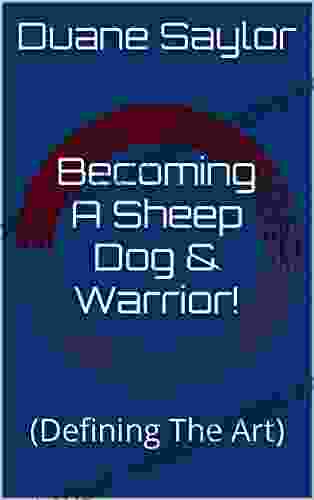
 Fernando PessoaBecoming a Sheep Dog Warrior: Defining the Art of Protection and Leadership
Fernando PessoaBecoming a Sheep Dog Warrior: Defining the Art of Protection and Leadership Milan KunderaFollow ·17.4k
Milan KunderaFollow ·17.4k Edison MitchellFollow ·17.2k
Edison MitchellFollow ·17.2k Salman RushdieFollow ·2.5k
Salman RushdieFollow ·2.5k Heath PowellFollow ·18.2k
Heath PowellFollow ·18.2k Arthur MasonFollow ·15.4k
Arthur MasonFollow ·15.4k Juan ButlerFollow ·19.9k
Juan ButlerFollow ·19.9k Patrick RothfussFollow ·3.3k
Patrick RothfussFollow ·3.3k Felipe BlairFollow ·13.7k
Felipe BlairFollow ·13.7k

 Eugene Powell
Eugene PowellFat Cat Stories: Level At Word Family - A Purrfect Start...
Introducing the 'At'...

 William Powell
William PowellUnveiling the Treasures of Russian Poetry: The Cambridge...
Immerse yourself in the...
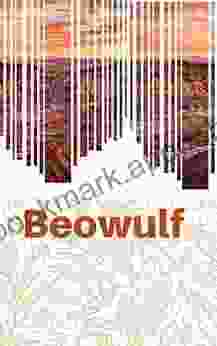
 Roberto Bolaño
Roberto BolañoUnveiling the Treasures of Beowulf: A Guided Tour with...
: Delving into the...
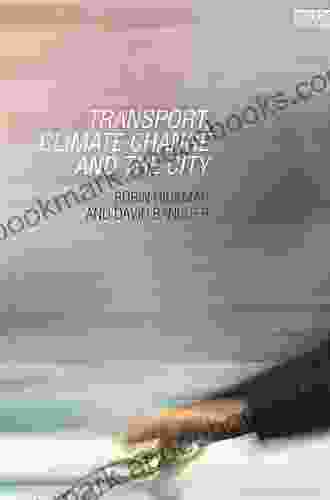
 Foster Hayes
Foster HayesTransport, Climate Change and the City: Tackling Urban...
Transport is a major...
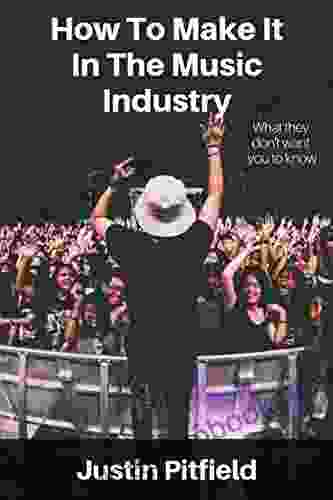
 Calvin Fisher
Calvin FisherHow To Make It In The Music Industry: The Ultimate Guide...
Are you an aspiring musician with...
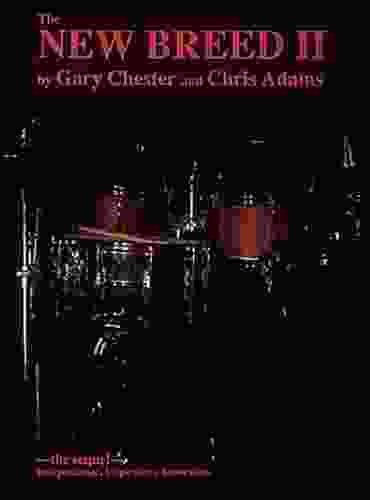
 Rick Nelson
Rick NelsonUnveiling the Enigmatic World of Gary Chester's "The New...
Step into a World...
4.1 out of 5
| Language | : | English |
| File size | : | 1238 KB |
| Text-to-Speech | : | Enabled |
| Screen Reader | : | Supported |
| Enhanced typesetting | : | Enabled |
| Word Wise | : | Enabled |
| Print length | : | 398 pages |
| Hardcover | : | 226 pages |
| Item Weight | : | 12.7 ounces |
| Dimensions | : | 6.14 x 0.56 x 9.21 inches |
| X-Ray for textbooks | : | Enabled |


